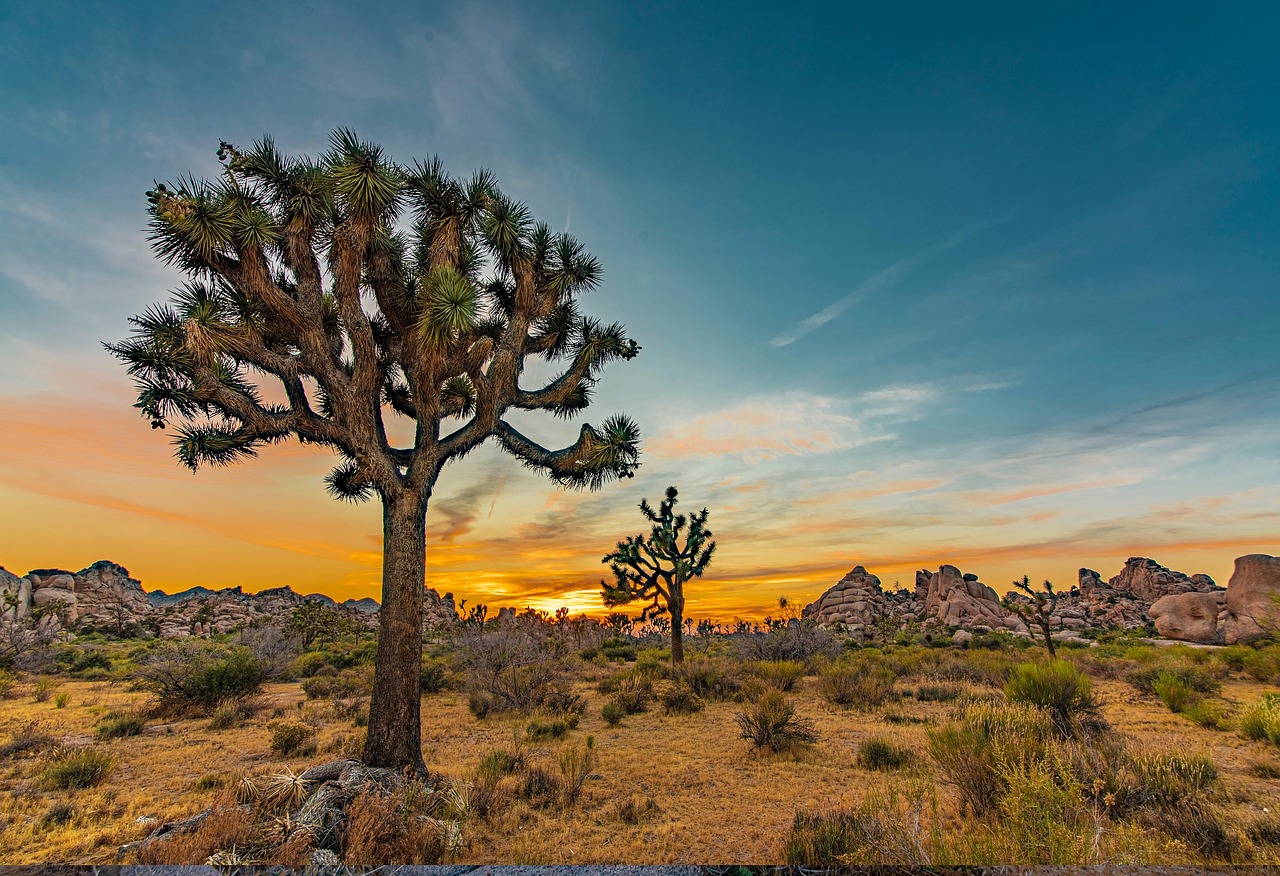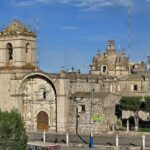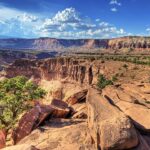Quick Bits:
Joshua Tree National Park is where the Mojave and Colorado deserts meet. Towering rock formations, twisted Joshua trees, and vast, star-filled night skies define its rugged beauty. This protected land in Southern California attracts hikers, climbers, and nature lovers.
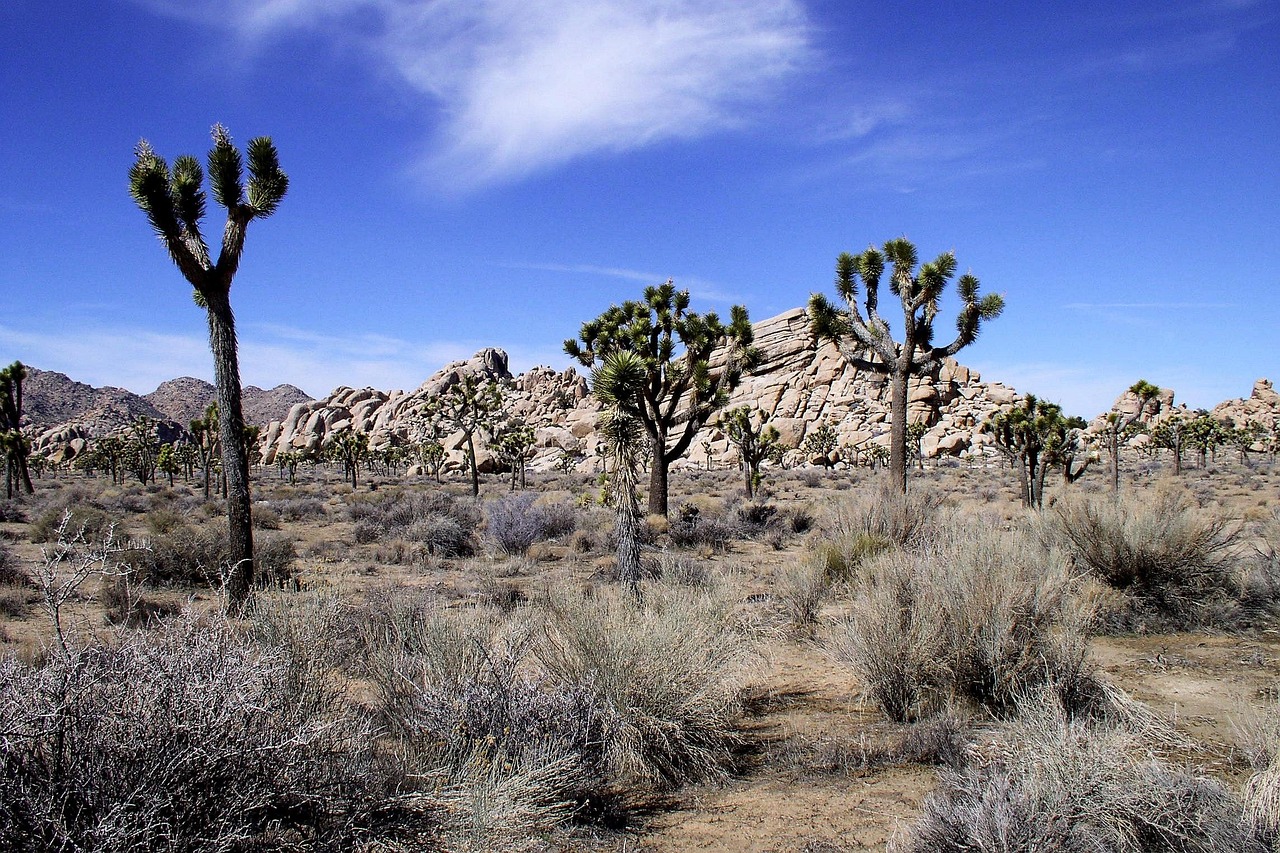
Key Highlights
- Home to unique Joshua trees and dramatic rock formations.
-
Over 790,000 acres of protected desert landscape.
-
Popular for hiking, rock climbing, and stargazing.
-
Best visited in spring and fall for mild temperatures.
-
Offers some of the darkest night skies in California.
General Information
Joshua Tree National Park covers an expansive area of 1,235 square miles. It was designated as a national monument in 1936 and later became a national park in 1994. The park is known for its high biodiversity, featuring a mix of desert plants, animals, and striking geological formations.
Camping is popular, with sites available across the park. Visitor centers provide maps, information, and educational exhibits. The park has limited cell service, making it an ideal escape from daily distractions.
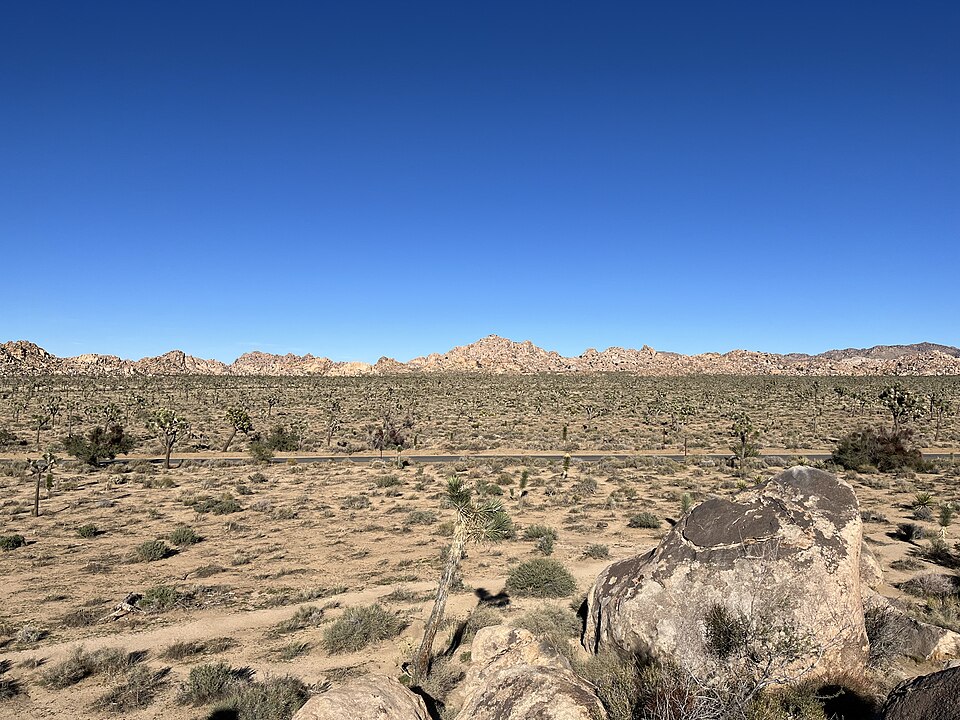
Geography Information
The park sits at the junction of two distinct desert ecosystems. The Mojave Desert, at higher elevations, is where the iconic Joshua trees thrive. The Colorado Desert, lower and drier, features ocotillos, creosote bushes, and cholla cacti.
Large granite rock formations, shaped over millions of years, add to the park’s dramatic scenery. Hidden valleys, dry lake beds, and rugged mountains make each visit an adventure. Seasonal rivers and oases provide vital water sources for wildlife.

Places to Visit
1. Hidden Valley
A sheltered basin surrounded by massive boulders, Hidden Valley offers a one-mile loop trail. It’s an excellent spot for hiking and rock climbing.
2. Keys View
This overlook provides sweeping views of the Coachella Valley, the Salton Sea, and even Mexico on a clear day. Sunset is a prime time to visit.
3. Cholla Cactus Garden
A dense collection of cholla cacti creates a surreal landscape. The short nature trail here is best visited at sunrise or sunset when the light enhances the golden glow of the spines.
4. Barker Dam
Built in the early 1900s by cattle ranchers, this historic site holds water after rains. The easy hike to the dam passes petroglyphs and desert wildlife.
5. Skull Rock
A natural rock formation shaped like a skull due to erosion. It’s right off the main road and has a short hiking loop.
6. Ryan Mountain
A moderate but rewarding hike that provides panoramic views of the park. The climb is 3 miles round-trip with a 1,000-foot elevation gain.
7. Arch Rock
A well-known rock formation accessible via a short trail. It’s a favorite among photographers and stargazers.
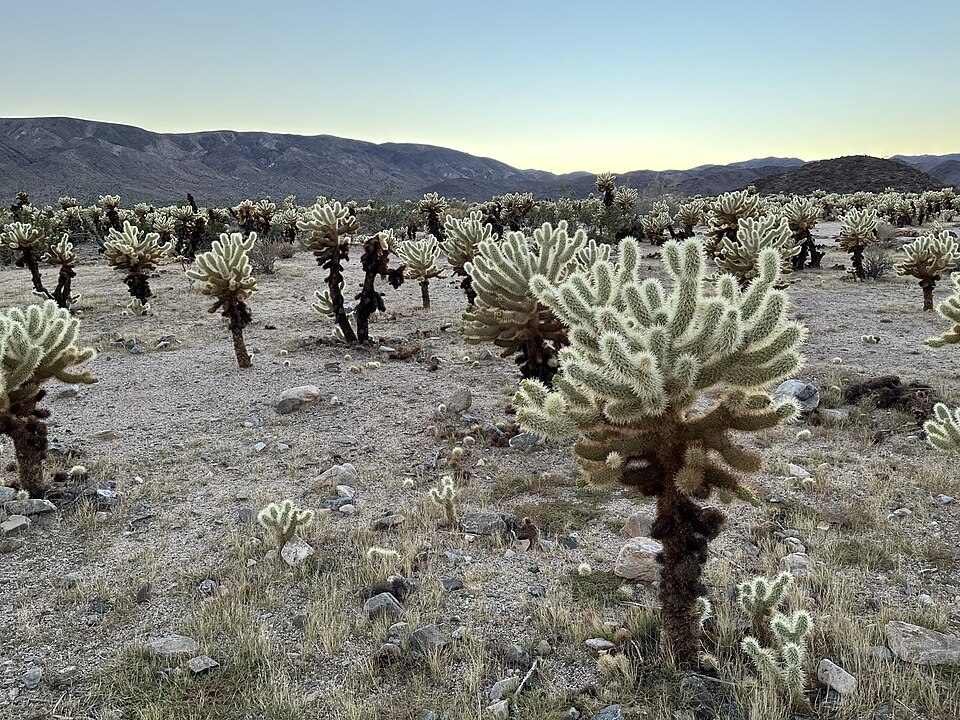
Yearly Climate
-
Winter (Dec-Feb): Cool days (50s-60s°F), cold nights (30s°F). Snow can dust the highest peaks.
-
Spring (Mar-May): Warm days (70s-80s°F), cool nights. Wildflowers bloom after rainy winters.
-
Summer (Jun-Sep): Hot (90s-100s°F). Best for nighttime stargazing.
-
Fall (Oct-Nov): Pleasant temperatures (70s-80s°F), fewer crowds.
Best Time of Year to Visit
Spring and fall offer the best weather for hiking and exploring. March and April bring wildflowers, while October and November have cooler days. Winter is great for climbing, with crisp air and fewer visitors. Summer is extreme, but nighttime visits are rewarding for astronomy enthusiasts.
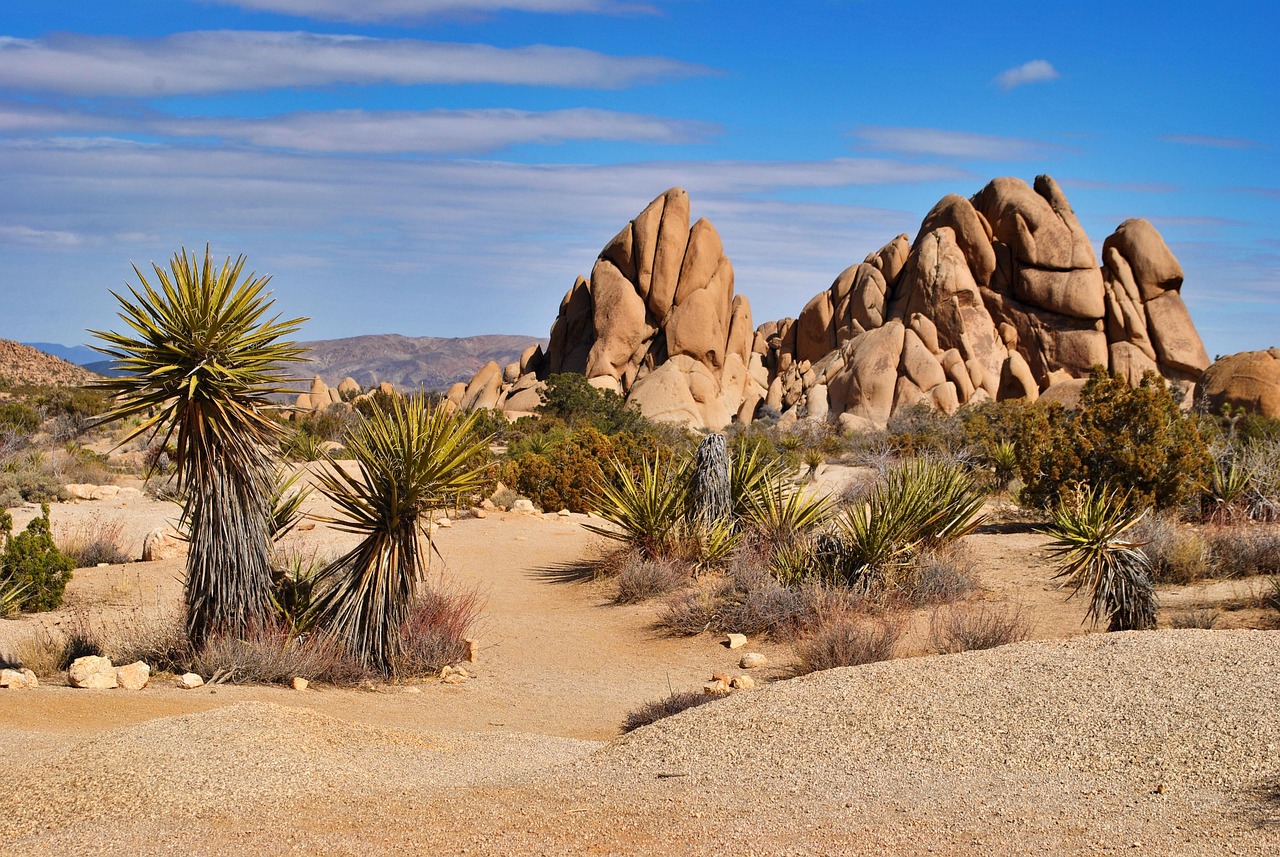
In Summary…
Joshua Tree National Park is a unique destination with stunning landscapes, diverse wildlife, and endless outdoor activities. Whether hiking among Joshua trees, climbing giant boulders, or gazing at the Milky Way, every visitor leaves with unforgettable memories.

